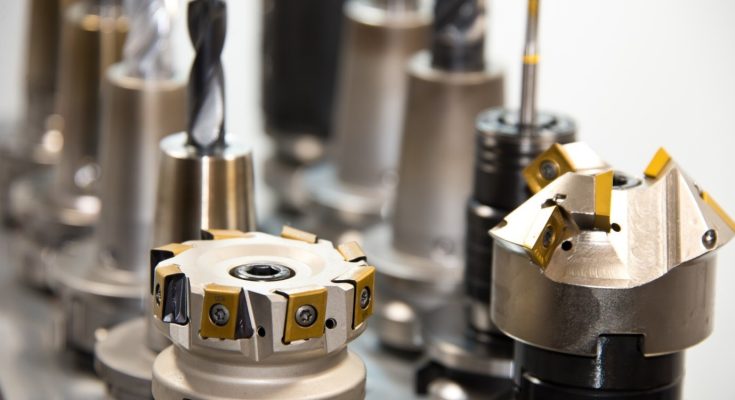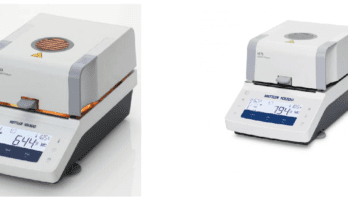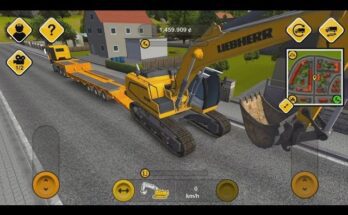The manufacturing industry is one of the largest and most important industries in the world. Without manufacturing, we wouldn’t be able to enjoy any of the products we all use every day.
Manufacturing is a complex industry, too. It has to be; the process of making a car is much different than the process of making, say, a watch.
That’s why there are so many manufacturing process types. Different products need to be manufactured in different ways, in different amounts, and at different speeds. There’s no single solution that works for every item.
It’s difficult to keep track of the many different manufacturing process types, especially as new technologies emerge and change the industry. Luckily, this article will help you learn about five major manufacturing process types.
1. Repetitive Manufacturing
When you picture a standard factory assembly line, you’re thinking of repetitive manufacturing. Repetitive manufacturing is perfect for companies that need to make large quantities of a single product.
Consumer electronics are often produced through repetitive manufacturing. There’s consistently high demand for those products (and the pandemic has caused that demand to increase dramatically).
2. Discrete Manufacturing
Discrete manufacturing is similar to repetitive manufacturing in that both utilize an assembly line to create products. The main difference is that discrete manufacturing creates a variety of products.
Production lines change to create different items. As product planning experts refine a product based on market trends, discrete manufacturing facilities can shift their production quickly.
3. Batch Manufacturing
Batch process manufacturing is a type of manufacturing process that is tailored to individual orders. Producers make items in batches based on a customer’s exact order.
When an order comes in, the manufacturer’s assembly line starts up and fulfills it. Then, the manufacturer cleans the equipment and leaves it to rest until the next order arrives.
Batch manufacturing is great for products that aren’t in constant demand, or in cases where there’s a limited amount of raw materials for the product.
4. Job Shop Manufacturing
Job shop manufacturing is like a more specialized version of batch manufacturing. It abandons the assembly line altogether in favor of production areas that create bespoke items.
Quality inspection is particularly important in job shop manufacturing. Each item is unique (or part of a small batch), so an error in production is a serious issue.
5. Continuous Process Manufacturing
This style of manufacturing is a lot like repetitive manufacturing: it produces large amounts of a single item. What sets it apart isn’t the production process itself, but the raw materials that are used.
Repetitive manufacturing uses mostly solid materials, while continuous process manufacturing focuses on gases and liquids. Oil refining is a prime example of this kind of manufacturing.
Understand Manufacturing Process Types
When you understand the major manufacturing process types, you gain a new respect for the work that goes into the various products you use. You can also find new ways to make your own products better!
The manufacturing industry is always changing. New technology is constantly streamlining and altering the way products are made. To stay on the cutting edge of manufacturing equipment, visit our tech blog!





